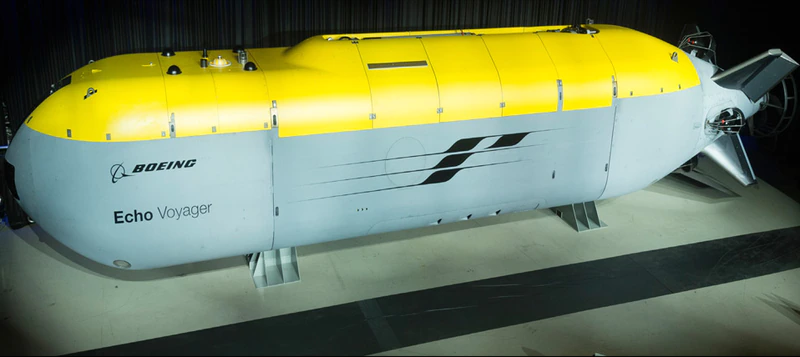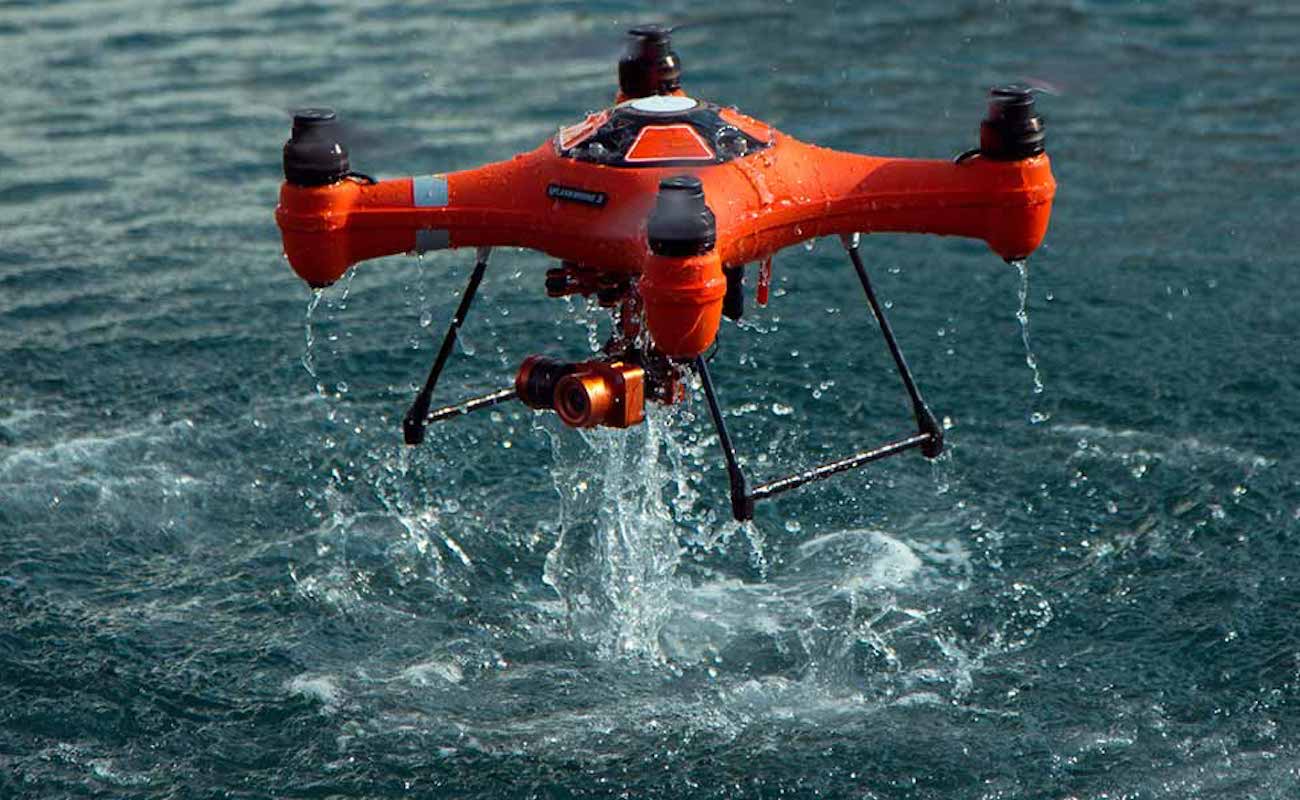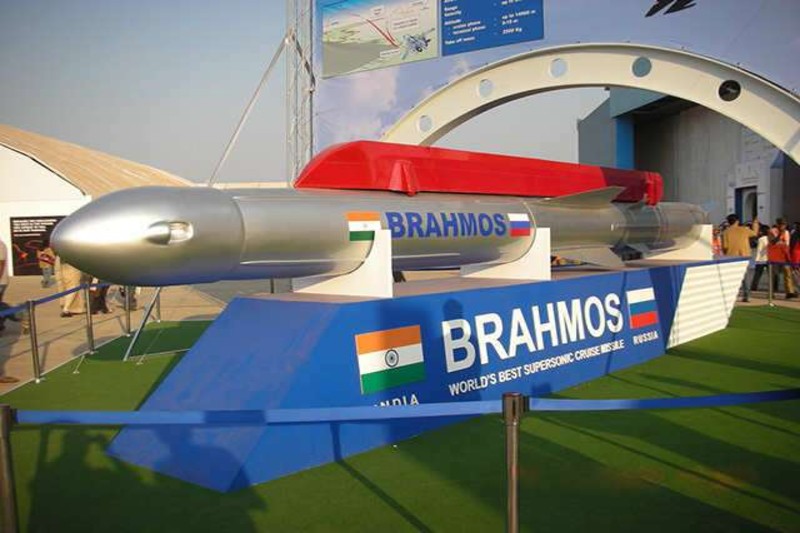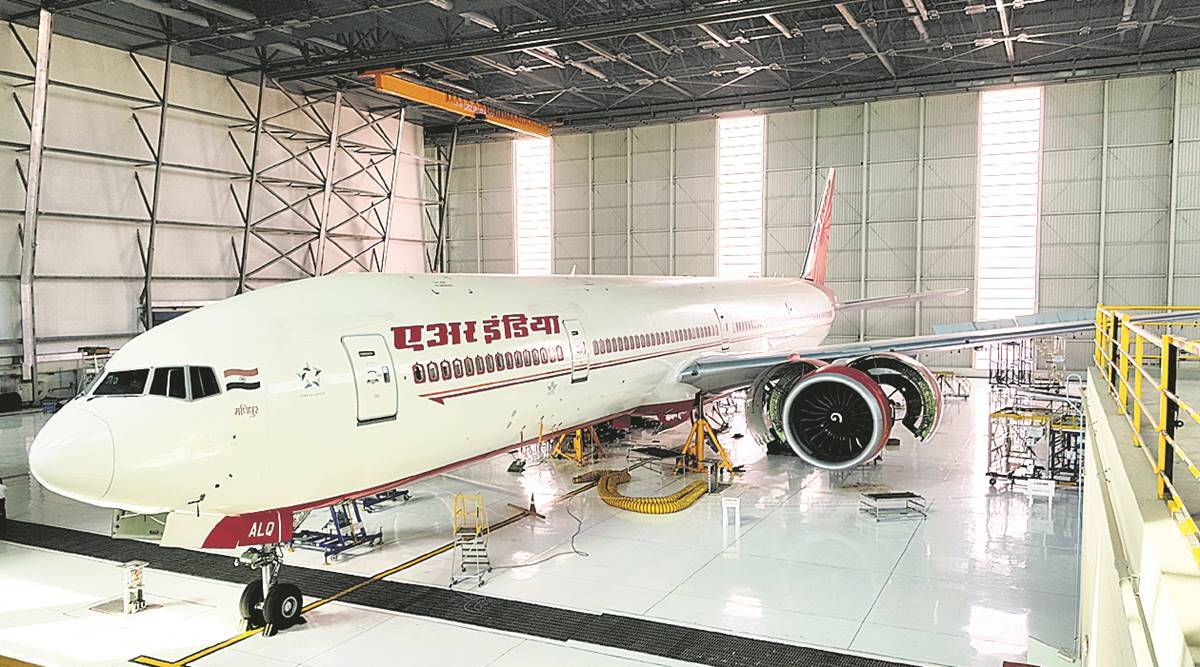Drone Submarine Could Change the Future of Warfare

“The Spanish and British empires ruled the world in great part due to their control of the seas. By deploying submarines to their surface fleets, Nazi Germany and Imperial Japan became formidable naval powers during World War II.”
The United States Navy, which has 68 nuclear-powered submarines, 11 aircraft carriers, and over 450 other ships such as destroyers, cruisers, and support ships, dominates sea power today.
China has just surpassed the United States in terms of ship numbers, with more than 500 ships, including 75 submarines and three aircraft carriers, half of which were built since 2010. Nonetheless, China's open-ocean naval capacity lags well behind that of the United States. No other navy in the world compares to the United States' or China's. Unmanned vehicles are ushering in a new era of naval power.
Background
Submarine drones are categorized as either remotely operated underwater vehicles (ROVs) or unmanned undersea vehicles (UUVs). The former is a tethered vehicle that is piloted by crew members aboard a nearby vessel, whilst the latter is untethered and designed to function largely autonomously. The Special Purpose Underwater Research Vehicle, or SPURV, was created by the University of Washington's Applied Physics Laboratory in 1957. The SPURV was one of the first UUVs, and it could dive up to 10,000 feet and operate for four hours. It was supported by the Office of Naval Research.
Other ROVs and UUVs were being developed in the United States by the time the SPURV program concluded in 1979, mainly for marine exploration and research. The Argo, a remotely operated underwater vehicle, discovered the Titanic's wreckage in 1985 and the Bismarck, a World War II battleship, in 1989.
Changing ocean warfare
Autonomy will bring substantial advances to underwater warfare, including the ability to hit the undersea, surface, or land targets with enhanced targeting at great ranges, as well as extended range and endurance attack and surveillance missions among minefields, hostile submarines, and UUVs.
Such missions will necessitate new and improved capabilities, ranging from seamless, real-time communications between UUVs and motherships to an advanced undersea “GPS-like” capability now being developed by DARPA and BAE Systems.
Artificial intelligence, which began as an academic discipline at Dartmouth in 1956 but has origins dating back to World War II, has had a sequence of highs and lows in terms of expectations, accomplishments, and failures. AI did not enjoy a new revival until the twenty-first century, thanks to fast advances in computer power, speed, and miniaturization, which has made it a crucial component of new military and civilian systems.
While stable and deployable AI is still a long way off, the likelihood of near-term breakthroughs and accompanying demands for its use in a wide range of military systems and tasks has raised ethical issues, particularly for autonomous military systems with weapons capacity.
AI vs. human reasoning
Angler, a robotic device that uses AI to independently traverse and study the seafloor and physically move built objects on long-distance missions, is another DARPA project to develop undersea autonomy with enormous military ramifications.
DARPA is currently working on more than 20 programs to advance the state of the art in AI, moving beyond second-wave machine learning and into the third wave of contextual reasoning skills. DARPA's Lifelong Learning Machines (L2M) program is one such initiative.
The main goal of the L2M program is to create systems that can learn continuously during execution and become increasingly expert while performing tasks, are subject to safety constraints, and can apply previous skills and knowledge to new situations without forgetting what they've learned previously.
Military Areas Where Drone Submarines Could be Used
Port Security
Every day, the passages connecting countries and regions become busier. With more unknown vessels entering port, each one must be thoroughly investigated for potential dangers, contraband, and the port's environs.
Contraband
To someone in the smuggling industry, hiding contraband on the bottom of a ship's hull or inside its bow thrusters may seem like a wonderful idea; no one can see it! In principle, it's fantastic, but utilizing an ROV, port security officials can now swiftly obtain live video of a vessel's underside. Divers can be utilized here as well, but why put a diver's life in jeopardy when inspecting the bottom of an unknown vessel? Not only may there be illegal items connected to the hull's bottom, but there could also be something far more dangerous, such as an explosive device.
Security Sweeps of Ports
People drop things off their boats all the time, which might cause damage to the next vessel coming in, or even be something more harmful in some circumstances. The ROVs may conduct port sweeps, including monitoring undersea infrastructure for damage or prospective maintenance needs.
Criminal Investigations
Stolen cars or evidence can be dropped into a nearby body of water in a matter of seconds. The ROV is used by police and military personnel as a fast response tool to begin searching an area. An ROV can act as a substitute for a diver's observations, and it can often be deployed before divers arrive on the spot.
Major Market Highlights:
- The Defense Advanced Projects Agency has awarded Lockheed Martin a two-year USD 12.3 million contracts to assist in the development and demonstration of an extra-large unmanned underwater vehicle.
- Saab AB has been awarded a contract by Sweden's FMV for the development of self-propelled naval mines. The autonomous underwater vehicle (UAV) technology will be used to build the new naval mine.
- Kongsberg Gruppen, the marine has signed its first contract for a state-of-the-art remotely operated vehicle (ROV) launch and recovery system (LARS), which is specifically built to handle ROVs from unmanned boats.
- UUV 12 is the newest addition to BAE Systems' unmanned undersea vehicle line. The business entered the medium UUV market with a 12” diameter vehicle.
Conclusion: The Future of Warfare
Maritime drones are less well-known than unmanned vehicles in the air and on the ground. The upcoming retirement of manned warships like minesweepers, as well as recent geopolitical developments, suggest that this may change in the coming years. Other countries are pursuing UUV programs in the race to build unmanned systems.
Unmanned submersibles could provide a low-cost alternative to manned platforms for extremely dangerous missions, such as minesweeping, or for activities that are tedious, like patrolling. The emergence of innovative new unmanned systems, such as Boeing's hybrid UUV and UAV Rapid Deployment Air and Water Vehicle, demonstrates that technology is rapidly evolving. While UUVs have considerable economic and safety advantages over manned platforms, it will take some time for underwater robots to be integrated into the fleet.











